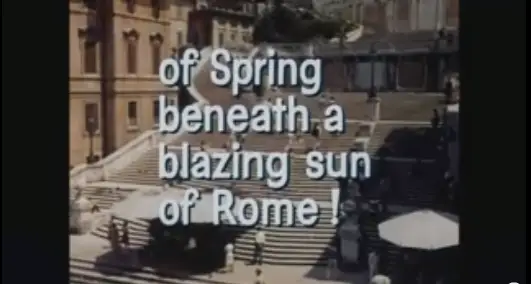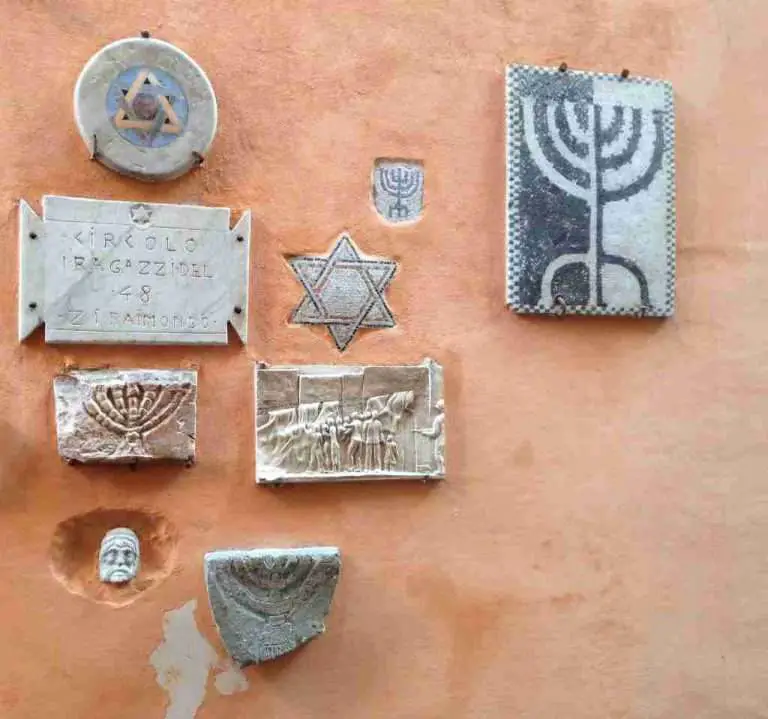
In the late winter/early spring of 1948, American playwright Tennessee Williams arrived in Rome in need of a change of scenery. Williams, of course, is known for his writing set in the American South, including “A Streetcar Named Desire” (written in 1947) and “Cat On A Hot Tin Roof” (1955), both of which earned him Pulitzer Prizes for Drama. But few people know — or, perhaps, they have forgotten — that Tennessee Williams was also inspired by his short stay in the Eternal City.
“As soon as I crossed the Italian border, my health and life seemed to be magically restored. There was the sun and there were the smiling Italians.”
Tennessee Williams, Memoirs
Before Frances Mayes or Elizabeth Gilbert wrote about their Second Acts as foreign women in Italy (this blog calls such books the “Women Who Go Wild in Italy” genre), there was The Roman Spring of Mrs. Stone. In 1950, Williams published his novel about Karen Stone, an aging American screen star who finds herself alone and widowed in Rome, but with enough bank to afford to live in an apartment overlooking the Spanish Steps.
In order to cope with her fading beauty, Mrs. Stone takes up with a young Italian gigolo named Paolo di Leo. In true Williams fashion, the story of Mrs. Stone is complex, evoking in the reader a range of emotions, from pity to shame to indignation to bemusement.
Behind the story of the widow and her young lover, however, is a vivid portrait of Rome in the spring and summer.
During Williams’s first sojourn in Rome, he stayed for a time at the Ambasciatori Palace Hotel (reservations), located on the Via Veneto. Williams dated many of his 1948 letters from the “Ambassador Hotel.” His observations of the movements of the city, from the urchins who trolled the Spanish Steps to socialites who held court in swanky restaurants, are on display from the opening page of the novel:
At five o’clock in the afternoon, which was late in March, the stainless blue of the sky over Rome had begun to pale and the blue transparency of the narrow streets had gathered a faint opacity of vapor. Domes of ancient churches, swelling above the angular roofs like the breasts of recumbent giant women, still bathed in gold light, and so did the very height of that immense cascade of stone stairs that descended from the Trinità dei Monti to the Piazza di Spagna.
All day that prodigally spreading fountain of stairs had collected the sun-crouching multitude of persons who had no regular or legitimate occupation, and gradually, as the sun lowered, this derelict horde had climbed higher, like refugees of a flood climbing into the hills as the floodwater mounted. Now what was left of them crowded upon the topmost steps to receive the sun’s valediction.
Tennessee Wiliams, The Roman Spring of Mrs. Stone
Warner Brothers turned Williams’s novella into a film in 1961 starring a 47-year-old Vivien Leigh as Stone and Warren Beatty (“the biggest new name in American entertainment”) as Paolo. Although Beatty’s turn as an Italian, complete with an accent and (painted on?) tan, is slightly laughable, the film, which was shot on location in Hertfordshire, England, and Rome, it’s an enjoyable look at the early 1960s Dolce Vita-era in Rome.
Tennessee Williams visited Rome and Italy several times after 1948, staying in the Ambasciatori Palace or Hotel Inghilterra (reservations) when not in an apartment at 45 Via Aurora. He seems to have been invigorated by Rome, both because of the friendships he developed (e.g., with Italian film star Anna Magnani) and because of the city itself. In a May 1948 letter to his grandfather, who he was preparing to meet in London, Williams said:
It is difficult to tear myself away from Italy which is the nearest to heaven that I have ever been, the people so friendly, gentle and gracious and the days so tranquil and sunny.
In The Roman Spring of Mrs. Stone, Williams may have portrayed Rome as gritty, as an aging beauty full of dark secrets. But when it came time for him to describe his true feelings about Rome, he sounded nothing less than giddy.
If you’re a fan of Tennessee Williams or simply enjoy experiencing your travels through the eyes of literature, a read through The Roman Spring of Mrs. Stone and The Selected Letters of Tennessee Williams: 1945-1957 is worth your time.
For this month’s Italy Blogging Roundtable, we all wrote about “Spring.” Have a look at the others’ posts on this topic.
- andiamo – A Room Full of Botticellis
- ArtTrav – It’s finally Spring in Tuscany
- At Home in Tuscany – Hot Springs in Southern Tuscany
- Brigolante – Italy Roundtable: Spring in My Step
- Driving Like a Maniac – Springing to Confusion
Post first published on April 10, 2013






